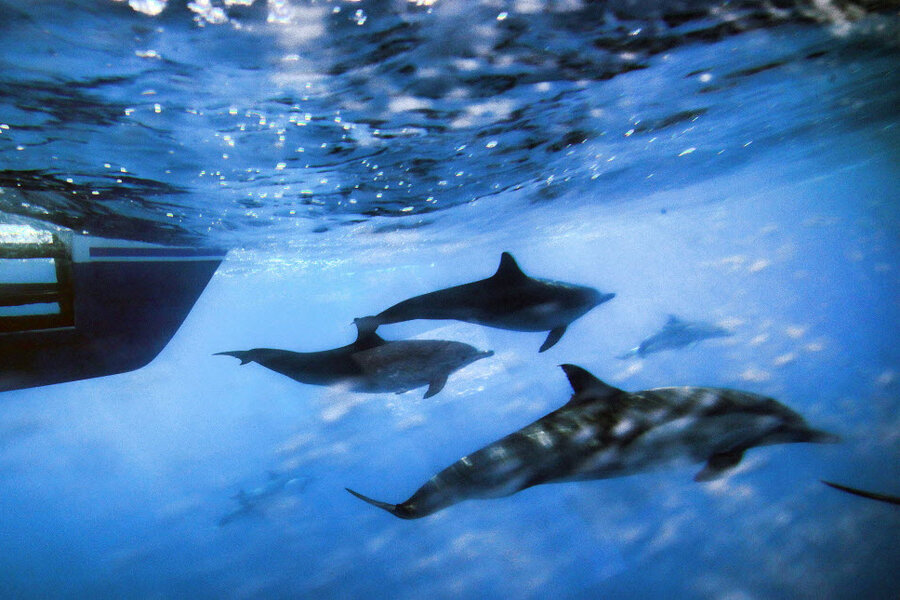US Navy agrees to curb use of sonar in effort to save whales
Loading...
The US Navy will curb its use of sonar and other explosive training exercises off California and Hawaii to avoid harming dolphins, whales, and other marine mammals.
As part of a settlement with environmental groups including Earthjustice and the Natural Resources Defense Council, a federal judge in Honolulu signed an agreement that bans or limits mid-frequency active sonar and explosives in certain parts of Southern California and the Hawaiian islands.
This decision marks a success for the environmental groups, who sued the National Marine Fisheries Service for approving the Navy’s training plans.
According to Earthjustice attorney David Henkin, sonar can cause deafness or even death at a close distance and from far away, it can disrupt feeding and communication of marine mammals.
Training exercises can be even more fatal. The Navy estimated an inadvertent death toll of 155 whales and dolphins off Hawaii and Southern California. In San Diego, four dolphins died in 2011 when they got too close to an explosives training exercise, Mr. Henkin says.
The Navy estimates trainings could could cause 11,000 serious injuries of marine life off the East Coast and 2,000 off Hawaii and Southern California.
"Recognizing our environmental responsibilities, the Navy has been, and will continue to be, good environmental stewards as we prepare for and conduct missions in support of our national security," US Pacific Fleet spokesman Lt. Cmdr. Matt Knight told the Associated Press.
The agreement has measures for the protection of specific species. For instance, it prohibits the Navy from using sonar in the Southern California habitat for beaked whales between Santa Catalina Island and San Nicolas Island. In Hawaii, refraining from sonar and explosives on the eastern side of Big Island and north of Molokai and Maui will protect Hawaiian monk seals and toothed whales.
The Natural Resources Defense Council says it will continue battling the Navy’s sonar use off the Pacific Northwest, in the Gulf of Alaska, and off northern Florida.
This report contains material from the Associated Press.





